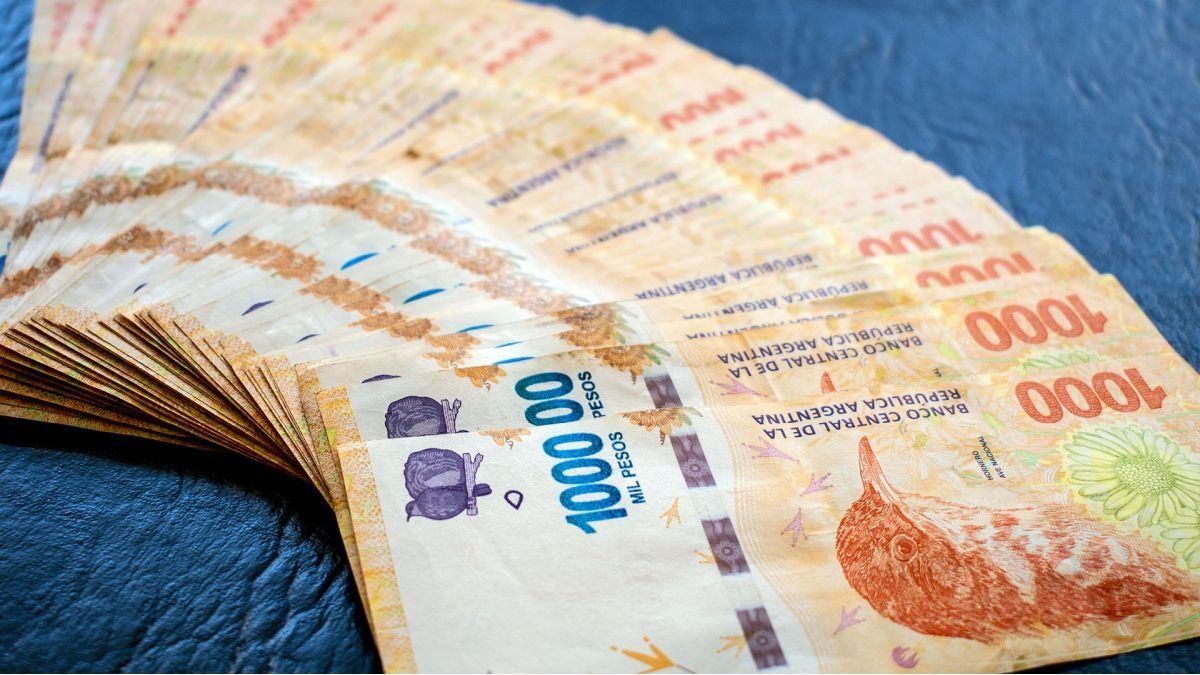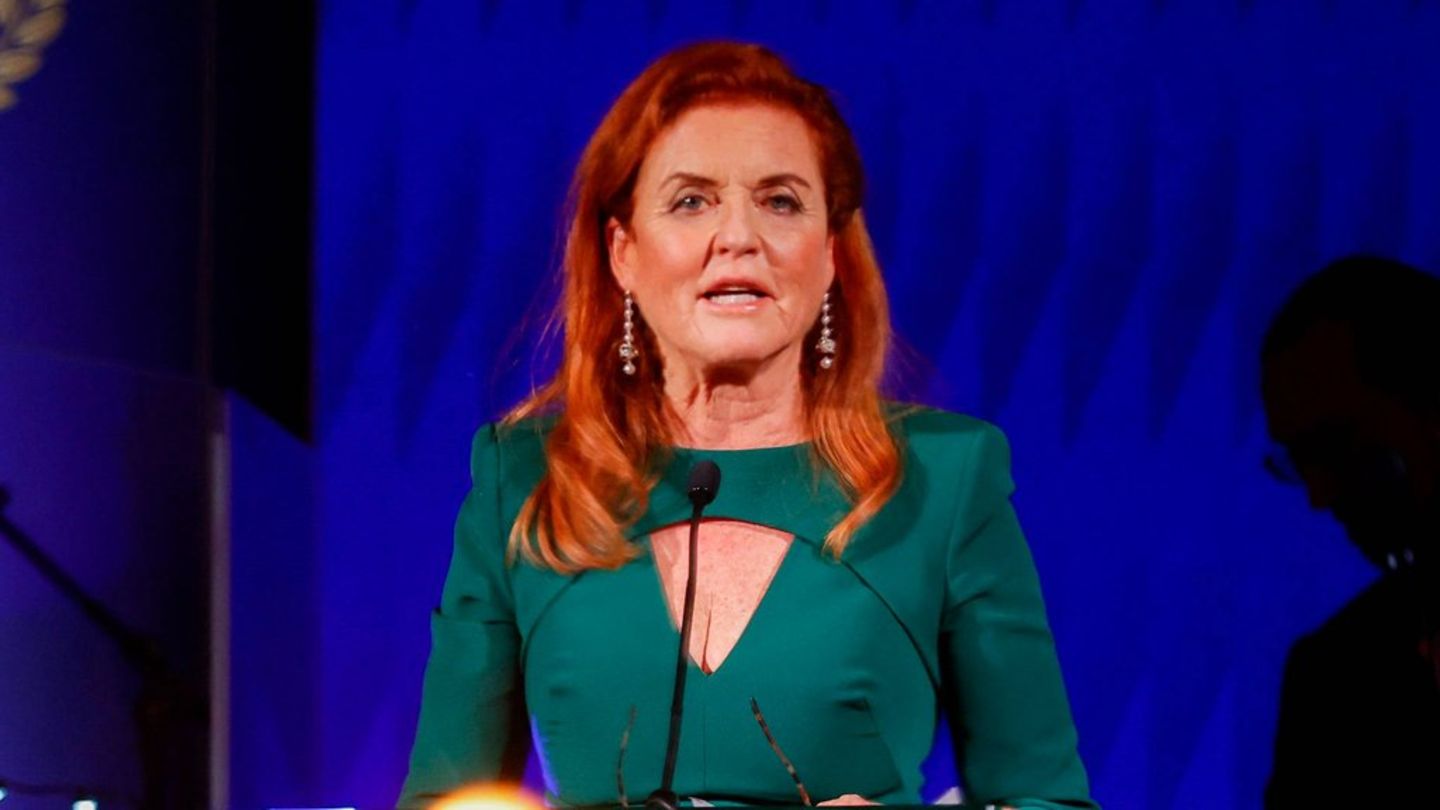At a time when, precisely, the economy is not a bouquet of good news, from the monetary side there was an encouraging sign last May, which even for some analysts could be a turning point towards the long-awaited recovery in the level of activity: For the first time, the demand for currency grew in real terms.
Official data show that last month the private M3 monetary aggregate, which is Public currency plus private deposits registered an increase of more than 4% in real terms after 15 consecutive months of decline. But the most relevant thing was that, unlike the previous month when there was a sign of improvement thanks to the growth of deposits, this time it was the demand for currency that rose in real terms to levels of almost $8.6 billion monthly average.
Of course, there was also an improvement in the demand for currency from the banks, but this may be more associated with the issue of integration of minimum cash, that is, bank reserves. On the other hand, the fact that the public wants to have more pesos than they have is, without a doubt, a fact to take into account. Above all, when we come from a highly inflationary process for years that erupted months ago with the devaluation.
To give you a simple idea, the economy in 2017, before the 2018 crisis, had a level of currency in the hands of the public equivalent to almost $32 trillion today. Mauricio Macri he left to his successor Alberto Fernandez a level of just over $19 billion of currency in the hands of the people who took it to $26.5 billion during the pandemic at the end of 2020 and from there it began to fall again to the meager $8.6 billion last May.
The important thing is that the jump in demand for currency was not linked to the seasonal reasons typical of the middle and end of the year when the effect of the half bonus impacts. For example, in the two-month period December 23-January 24, the currency in the hands of the public increased, in nominal terms, more than 12% monthly average and then barely advanced 1.5% in February, 4.5% in March and 7, 7% in April and 12.6% in May.
Thus, What happened in May marks the first month since January of last year that the stock of banknotes and coins in the hands of the public grows above inflation.
We must not lose sight of the fact that the monetary policy with which the libertarian Government landed was a colossal liquefaction of the pesos that were in the economy. Thus, we went from a level of private M3 of about $100 billion at today’s prices at the beginning of 2023 to one of $76 billion last November and in December it fell to $64 billion and reached just over $56 billion in April to rebound in May to $58 billion. This speaks to the magnitude of the “blender” which was turned on last summer.
Demand for money: is this recovery sustainable?
About, Macroview considers that this demonetization process has more similarities with that of the exit from convertibility in 2001/02 than with that of the hyper of 1989/90, in the sense that the 2001 process occurred during the bank run and the corralito originated in that moment when the people who could leave did so and those who did not suffer the consequences while In the current case they were all liquefied. That is, now no one was saved.
Why is this recovery important? Because if there is a variable that could summarize the tenor of the fall in the level of activity and the recession, it would very well be the demand for money, which, as seen, fell to levels close to historical minimums.
However, Is this improvement temporary or not? For the economist Rodolfo Santangelo If the improvement in May is just a swallow that does not make summer, then this 12% does not change anything, so cautiously wait to see what happens in July, if the recovery is maintained or not. But he highlights that it is a small hope that appears on the horizon because he remembers that the currency in the hands of the public is half or a third of what it was years ago.
For his part, the economist Fausto Spotorno considers that the slight recovery in the demand for money in May is not linked to anything in particular, but is something inherent to the fact that the inflationary process is normalizing and adds that to the extent that the demand for money that was excessively low , something like 3% of GDP when historically it should be around 8% of GDP, The mere decline in inflation ends up pushing the demand for money upwards.
With a view to the now distant exit from the recession, the reversal of the fall in real terms of people’s currency in May is a faint light at the end of the tunnel since, based on the fall in inflation, the improvement in salaries, this can put a floor on the level of activity. Without a doubt, for the Central Bank (BCRA) it is good news, not so much for President Milei’s dollarization plans. But the truth is that it is a good sign and for Santangelo it could become a turning point, but he warns that it is still too early to draw conclusions.
Both the management of Cambiemos and that of La Libertad Avanza inherited a very low level of monetization of the economy, and only the ability of the makers of economic policy with the support of politics could activate the virtuous circle to reverse demonetisation of the economy, which is nothing other than the inverse of the speed of circulation of money. Every stabilization plan, when it is credible, enjoys that approval, that the demand for money expands and the issuance is genuine. It is undoubtedly one of the few positive inheritances that both governments received from Kirchnerism, because it allows them to issue to satisfy the increased demand for money. It will be necessary to see how this fits into the plans of Milei, who outlined a future monetary-exchange regime without issuance of pesos.
Source: Ambito




